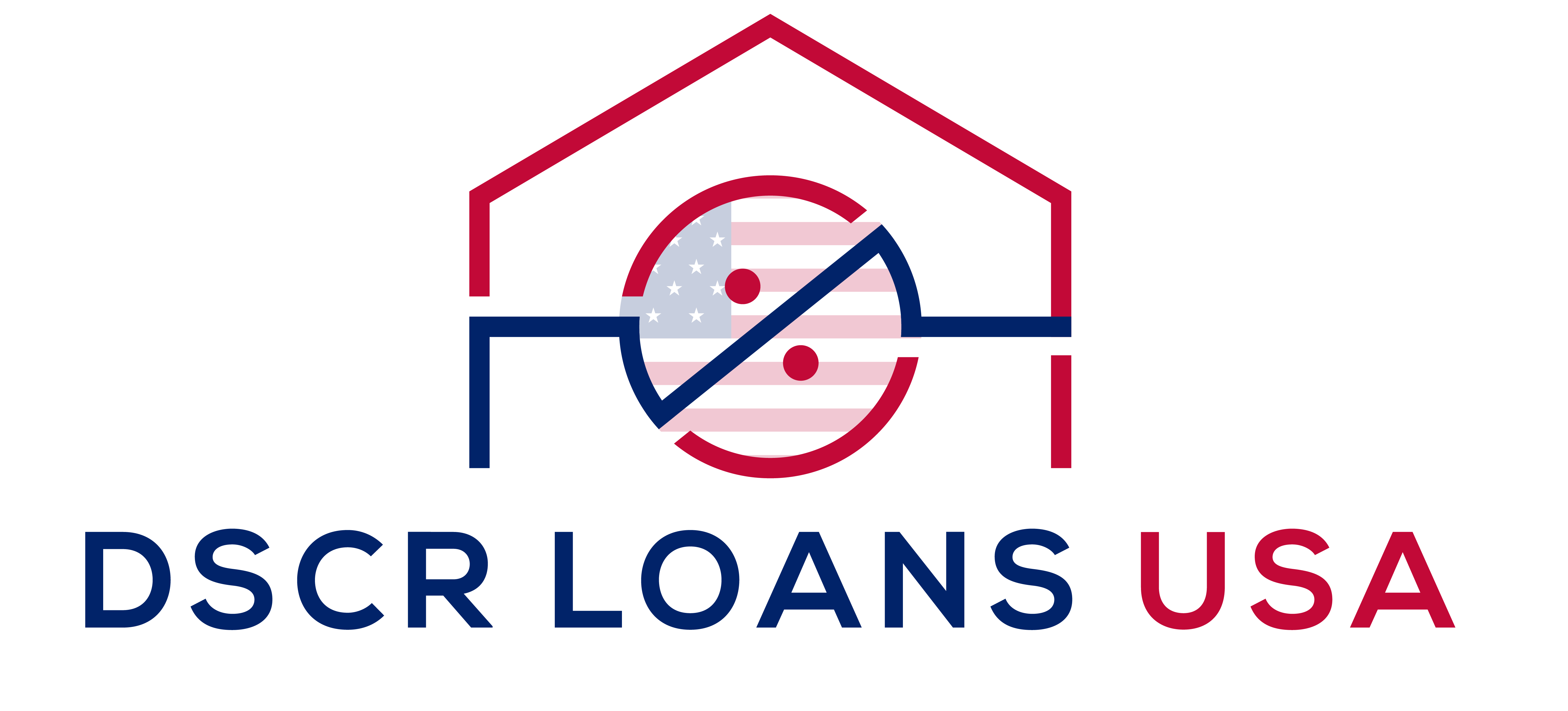10 States Where You Can Buy Land for Less Than $10,000 Per Acre
Are you looking for great areas to invest into property to buy and hold, or develop? Look no further!
In this comprehensive guide, we’ve scoured the nation to uncover the top 10 cheapest states where you can purchase land for less than $10,000 per acre in 2024.
Whether you’re a homesteader, investor, or simply seeking a slice of nature to call your own, these states offer affordability without sacrificing beauty or opportunity.
Related: 1o States With The Lowest Property Taxes
1. Wyoming: Price Per Acre $3,435
- Pros: Scenic Beauty, Low Population Density, Outdoor Activities
- Cons: Harsh Climate, Limited Amenities, Distance from Major Cities
2. New Mexico: Price Per Acre $3,514
- Pros: Diverse Landscapes, Cultural Richness, Affordability
- Cons: Water Scarcity, Extreme Temperatures, Economic Factors
3. Nebraska: Price Per Acre $4,152
- Pros: Agricultural Strength, Low Unemployment Rate, Quality of Life
- Cons: Extreme Weather Conditions, Limited Cultural Amenities, Economic Dependence on Agriculture
4. Montana: Price Per Acre $6,502
- Pros: Stunning Landscapes, Outdoor Recreation, Privacy and Space
- Cons: Harsh Winters, Remote Locations, Limited Job Opportunities
5. Colorado: Price Per Acre $6,830
- Pros: Diverse Geography, Recreational Opportunities, Thriving Economy
- Cons: Higher Cost of Living, Population Growth, Water Scarcity
6. North Dakota: Price Per Acre $6,897
- Pros: Energy Production, Low Population Density, Agricultural Potential
- Cons: Cold Winters, Limited Entertainment Options, Economic Volatility
7. Kansas: Price Per Acre $7,222
- Pros: Fertile Land, Central Location, Affordable Land
- Cons: Tornado Risk, Limited Scenic Variety, Economic Diversity
8. Oklahoma: Price Per Acre $7,599
- Pros: Affordable Land, Cultural Heritage, Diverse Geography
- Cons: Weather Extremes, Limited Outdoor Amenities, Educational and Healthcare Challenges
9. South Dakota: Price Per Acre $7,816
- Pros: Natural Beauty and Outdoor Activities, Low Population Density, Low Cost of Living
- Cons: Harsh Winters, Limited Job Opportunities in Certain Sectors, Rural Lifestyle
10. Oregon: Price Per Acre $8,653
- Pros: Diverse Natural Beauty, Environmental Consciousness, Vibrant Cultural Scene
- Cons: High Cost of Living, Rainy Weather, Limited Job Market in Some Areas
Now that we’ve explored the top 10 cheapest states to buy land let’s delve deeper into the key findings of our research, including the average price per acre nationwide and the most expensive state to buy land in 2024.
Investment Opportunities for Real Estate Investors
For real estate investors seeking lucrative opportunities, the current landscape of land prices across the United States offers a promising array of options. Whether you’re a seasoned investor looking to diversify your portfolio or a newcomer eager to enter the market, exploring affordable land investments can yield significant returns. Here’s why:
- Wyoming: A Haven for Investment
- With an average price per acre of just $3,435, Wyoming presents an enticing opportunity for real estate investors. The state’s affordability, coupled with its natural beauty and potential for development, makes it a prime destination for savvy investors seeking high-value properties at a fraction of the cost.
- Rhode Island: Exclusivity and Prestige
- While Rhode Island boasts the highest average price per acre in the nation at $101,493, its allure lies in its exclusivity and prestige. For investors with a taste for luxury and a keen eye for opportunity, Rhode Island’s real estate market offers unparalleled potential for high-end developments and exclusive properties.
- Diversification and Portfolio Growth
- Investing in land across diverse regions allows investors to spread risk and maximize returns. By strategically diversifying their portfolios with affordable land acquisitions in states like Wyoming and New Mexico, investors can position themselves for long-term growth and stability in the real estate market.
- Market Trends and Opportunities
- Our research highlights valuable insights into market trends and opportunities for real estate investors. By staying informed about the latest developments in land prices and market dynamics, investors can make informed decisions and capitalize on emerging opportunities in the ever-evolving real estate landscape.
Ready for More Great Tips and Information? Join Our Email List Today!

